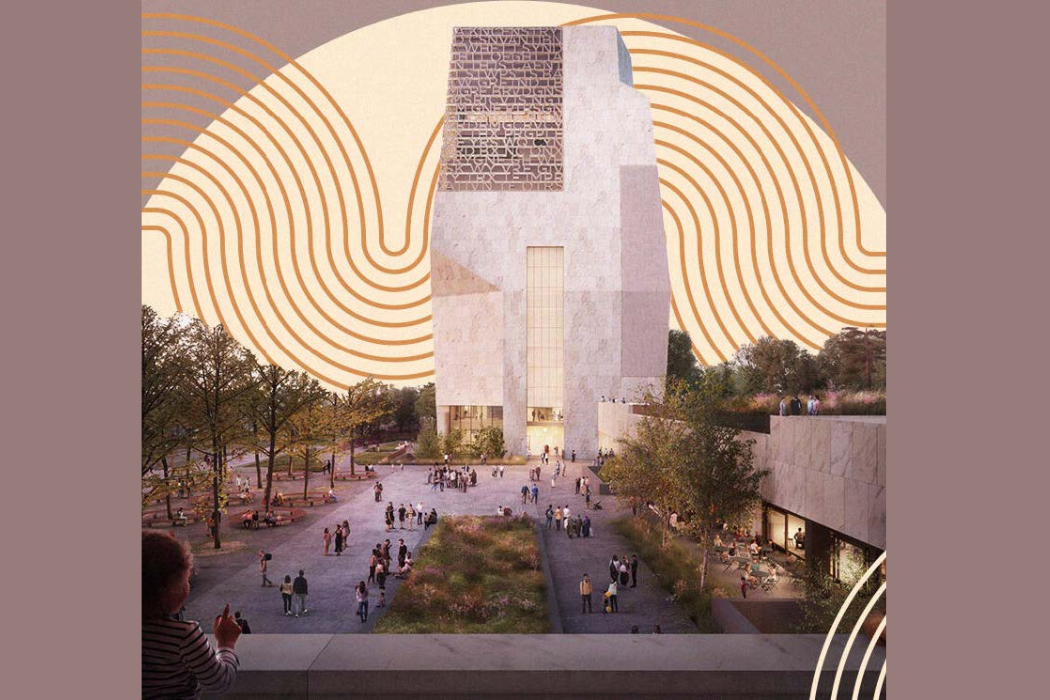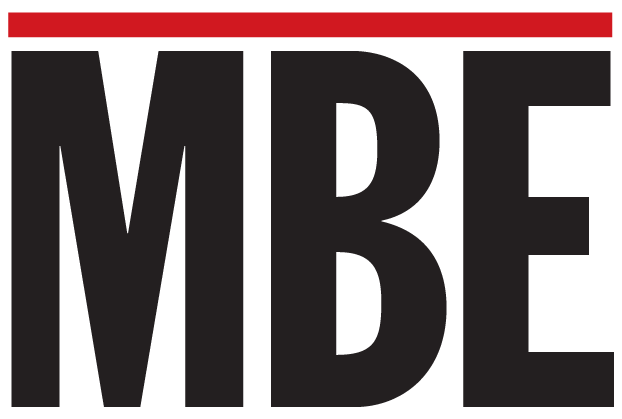
Capital is the economic fuel that drives a community, but culture is its soul. Culture and capital are both necessary for underserved communities to flourish. Investments magnify their power when they have the twin goals of economic empowerment and Black cultural vibrancy.
Funneling funds into economic development and cultural enhancement can lead to widespread job opportunities that improve economic stability, improved education quality and access, better health care and heightened public safety. Such conditions are accepted as social determinants of health. These benefits are particularly needed in underserved neighborhoods, where there’s often a woeful lack of public and private investment.
Culture may seem intangible, yet it encapsulates so much of who we are—our history, racial and ethnic heritage, religion, customs, sense of purpose—and how we engage with one another and with the world. Cultural tourism development, hospitality business growth and Black creativity are at the heart of sustainable Black business empowerment.
Strategies for Synergy in Capital and Black Culture
When it comes to fusing capital and culture, the “why” is clear, but the “how” is uncertain. It’s no secret that institutional investors sometimes overstate the risk or undervalue the potential in the rich cultural assets of under-resourced communities. As a result, emerging entrepreneurs of color often struggle to raise capital.
In 2023, Black founders received less than 0.5 percent of the $140.4 billion in venture funding all U.S.-based startups received last year, according to new data from Crunchbase. A March 2024 Federal Reserve report found that when small businesses applied for a loan, line of credit, or merchant cash advance, 56 percent of white-owned firms were fully approved for the credit they sought, compared to 34 percent of Asian-owned firms, 32 percent of Hispanic-owned firms, and 32 percent of Black-owned employer firms. The survey reached more than 6,000 small employer firms across the nation.
Funders looking to help close this gap and make a social, cultural, and financial impact should first focus on educating themselves by engaging with local communities. This means forging ties with professional organizations for minority businesses; seeking the expertise of grassroots organizations, who typically have a keen sense of their community’s wants and needs; and visiting neighborhoods in person to get acquainted with small business owners.
Investors must also remember that simply distributing funds to minority entrepreneurs or communities isn’t guaranteed to make an impact. It’s important to also offer entrepreneurial programming, which might include skills acquisition and capacity-building resources, to ensure that once businesses do access capital, they can scale and manage the investment effectively.
One organization that exemplifies investment paired with support is the Detroit Economic Growth Corporation (DEGC), a nonprofit economic development entity structured as a public-private partnership. DEGC’s Motor City Match program provides low- to moderate-income and underserved entrepreneurs with capital alongside help finding brick-and-mortar locations, technical help, workshops, and other resources.
For entrepreneurs eager to harness culture and capital, strategies differ. Business owners and community business allies should consider these steps:
Zero in on the triple bottom line. Profit, people, planet—entrepreneurs pursuing this trio have the opportunity to move the needle for themselves and their communities. One striking example is Woodlawn Central, an $895 million development that will cover eight acres in Woodlawn, a predominantly Black community on Chicago’s South Side. The project, conceived and led by a large local church and a neighborhood organization, will include more than 800 residential units, commercial space, hotel, theater, vertical greenhouse and microgrid energy facility for sustainability. The developers, who have deep roots in Woodlawn, designed the project to build on the community’s cultural strengths and Black heritage—and to rev the area’s economy to create jobs and help close the racial wealth gap.
Tap into tourism. Small business owners would be wise to explore and aggressively pursue opportunities to promote or provide their goods and services at tourist sites. Woodlawn Central will be buoyed by its proximity to the forthcoming Obama Presidential Center, which is expected to draw upwards of 750,000 visitors a year and will help make Chicago’s South Side a tourist attraction and cultural destination.
Presidential centers—especially those intent on cultural preservation and enhancement—don’t get built in every community, but entrepreneurs anywhere can tap into the tourist hot spots that guidebooks increasingly feature in their own communities. To do so, establish relationships and look for synergies with tourist attraction and hospitality proprietors. Be on the lookout for procurement opportunities and other ways to participate in cultural tourism. In this way, tourism dollars can be directed toward small businesses, and those dollars can be recirculated to enrich the cultural assets and economy of local communities.
Craft a strategy. This specifically applies to neighborhood organizations and professional associations in under-resourced communities. Occasionally, real estate developers, potential investors and government officials will come knocking, seeking guidance on how to best partner with the community. Be ready with a detailed plan that outlines how to blend cultural assets with capital infusion to create economic benefits for local businesses and residents, generate a return on investment and preserve the neighborhood’s cultural integrity. Have a roadmap to ensure that capital is directed toward solving issues the community identifies.
Community Investment: A Matter of Equity and Urgency
Deploying capital and culture in tandem isn’t a new idea. American capital has been used to promote and reinforce American culture for ages. Now, it’s time that capital is meaningfully directed toward preserving and strengthening diverse racial and ethnic cultures.
In nurturing their contacts with policy advocates and business peers, Black entrepreneurs can recruit and to find allies on a matter of equity and urgency. The sooner we bridge the gap between those who hold the purse strings and minority entrepreneurs and communities, the sooner we honor and protect racial and cultural diversity and ensure that capital benefits everybody.












